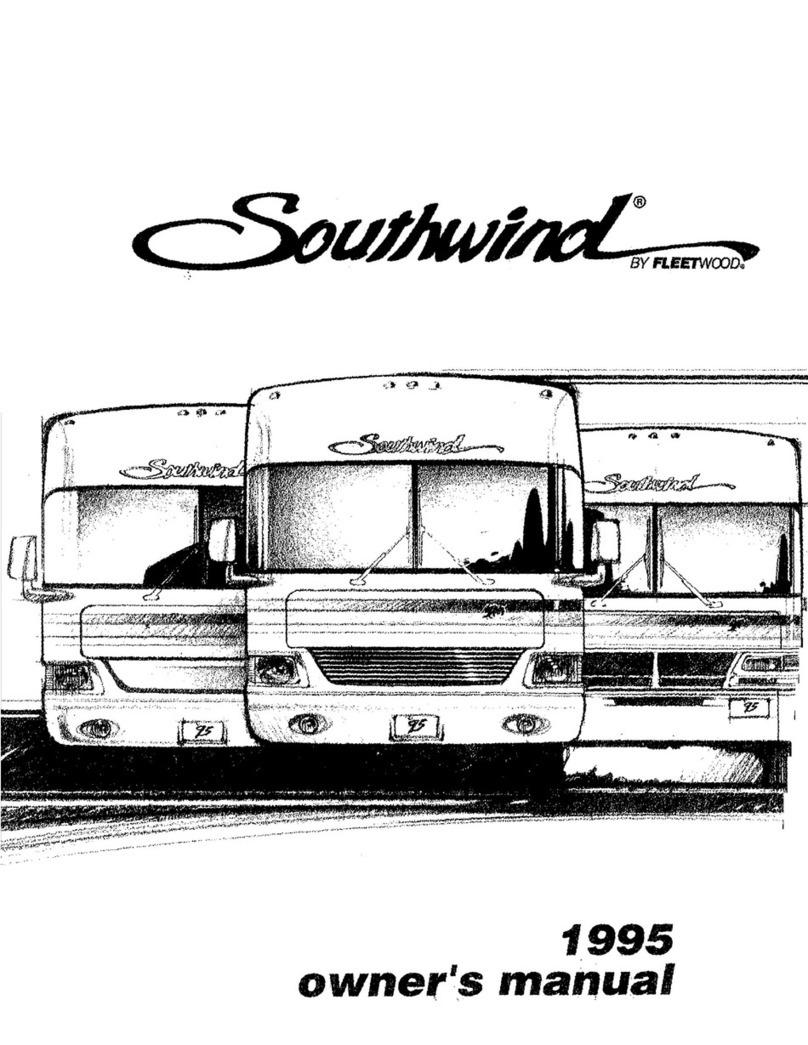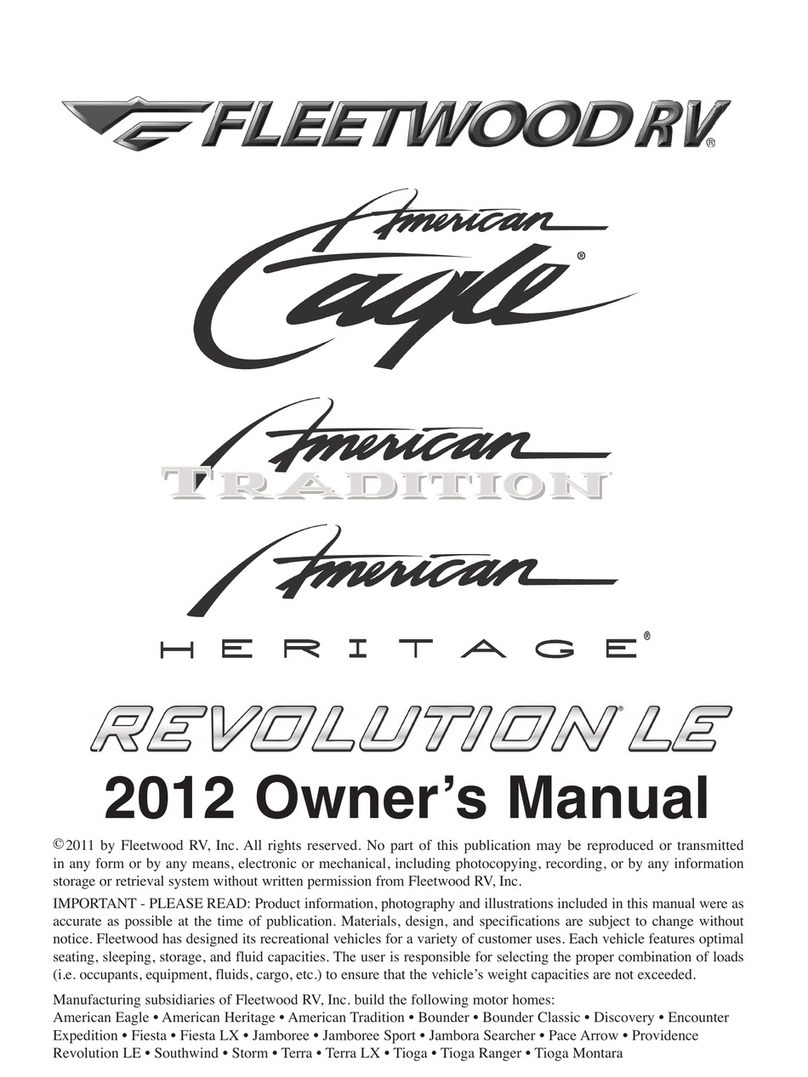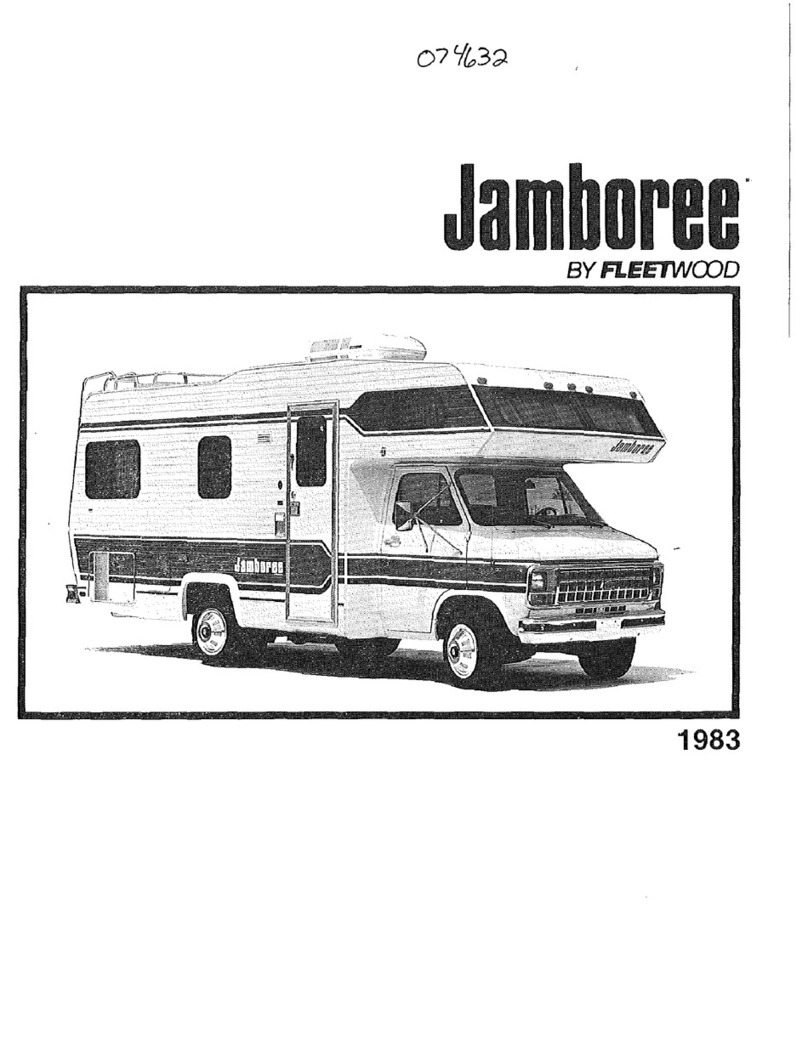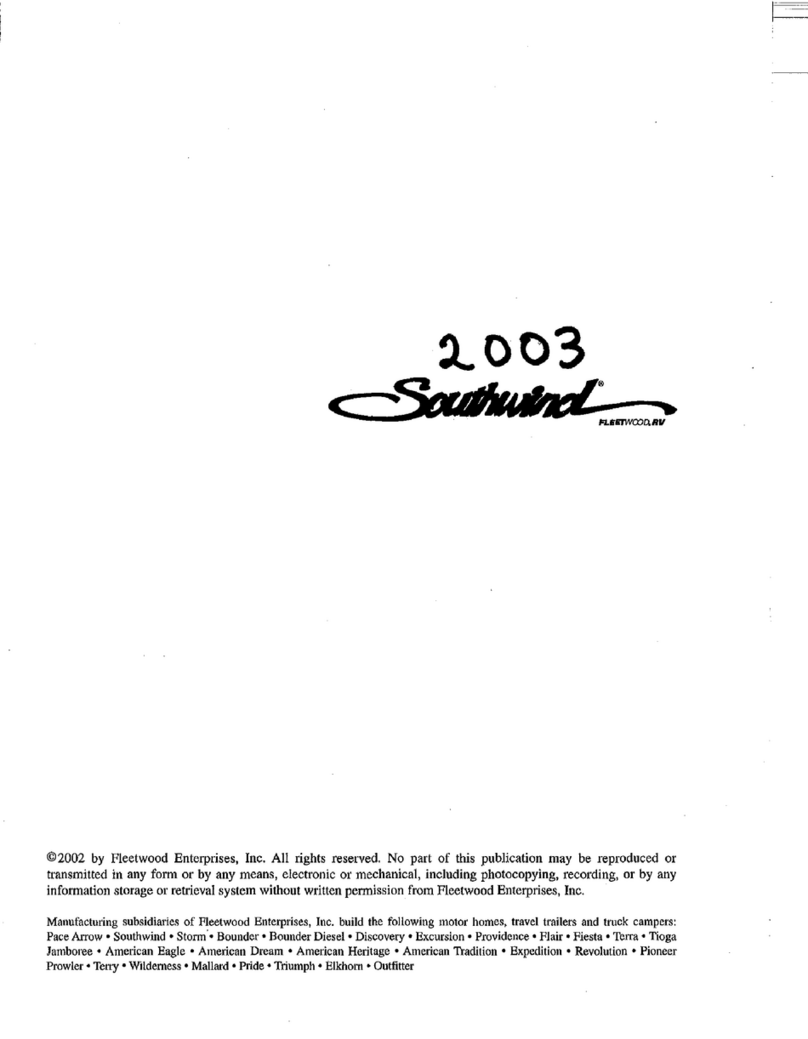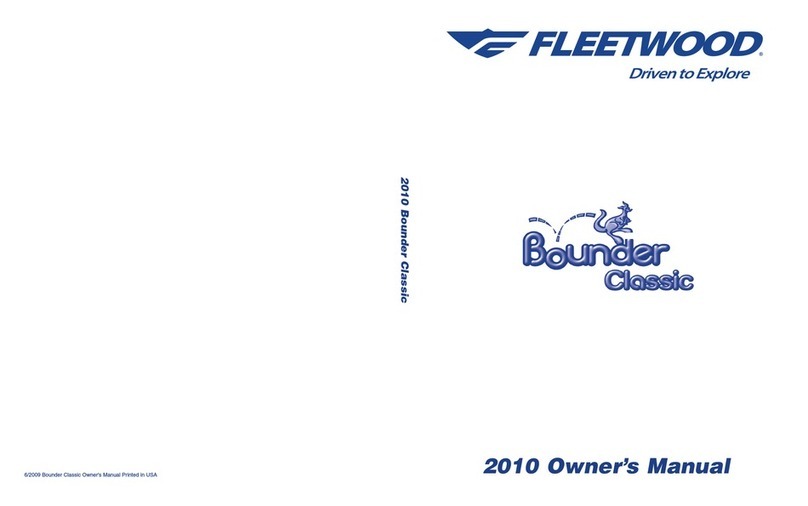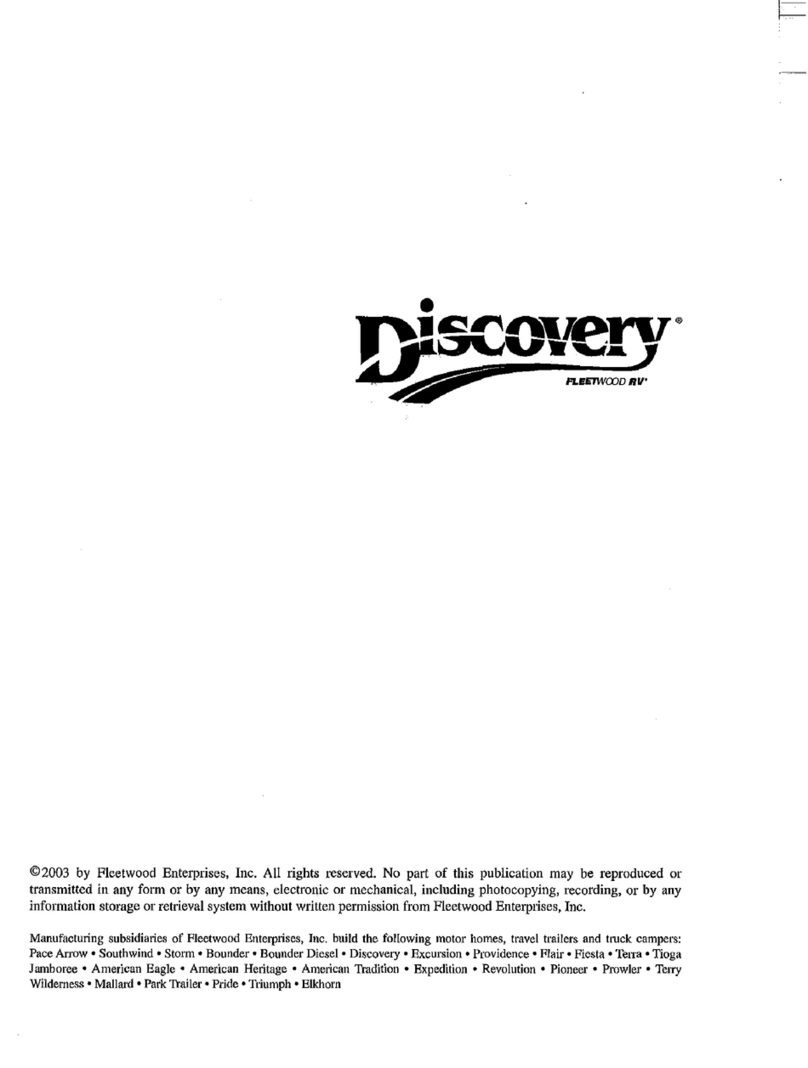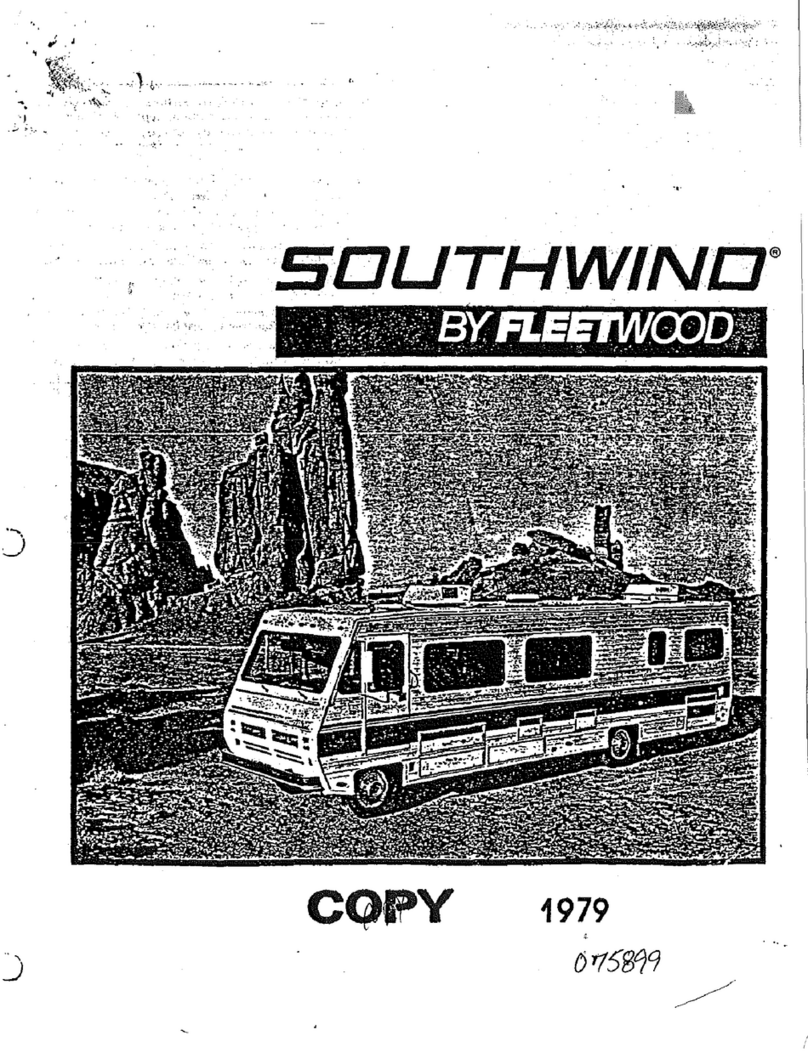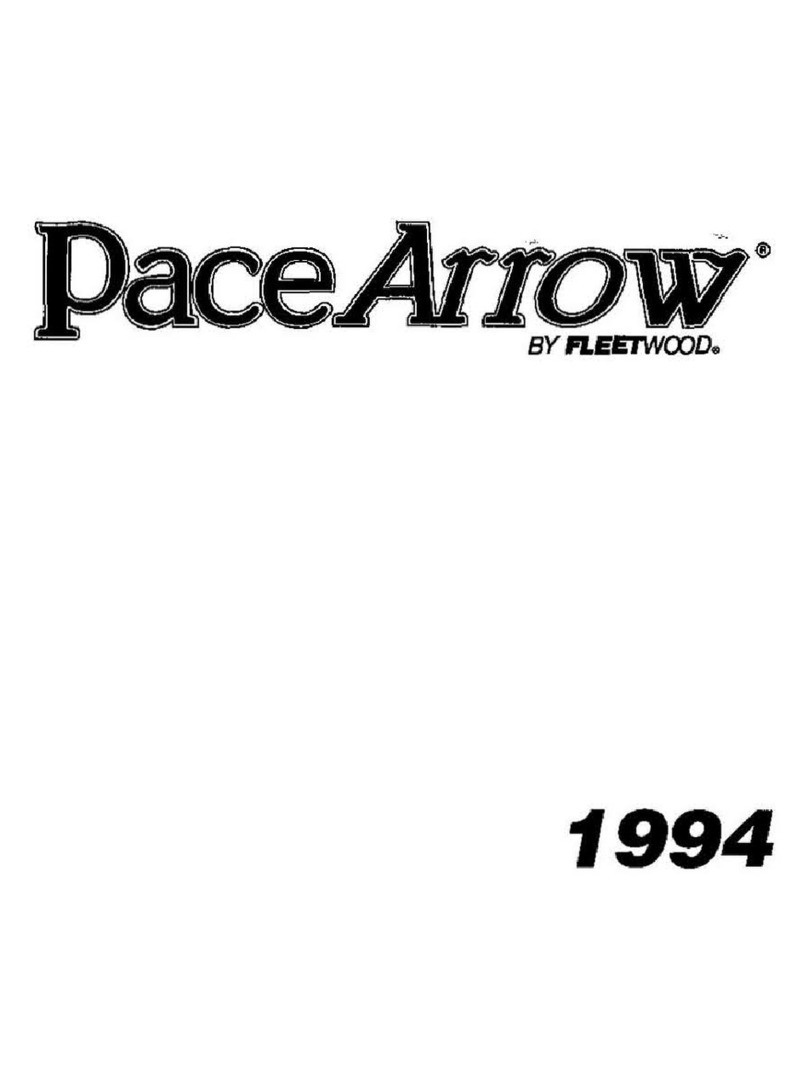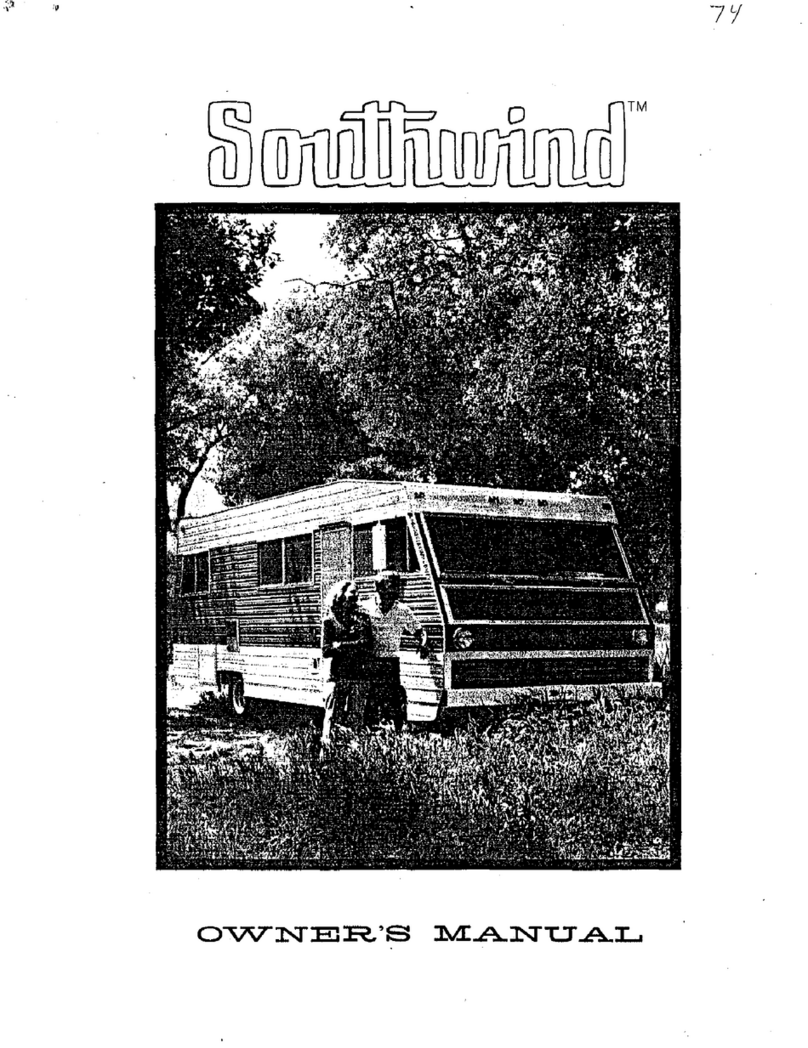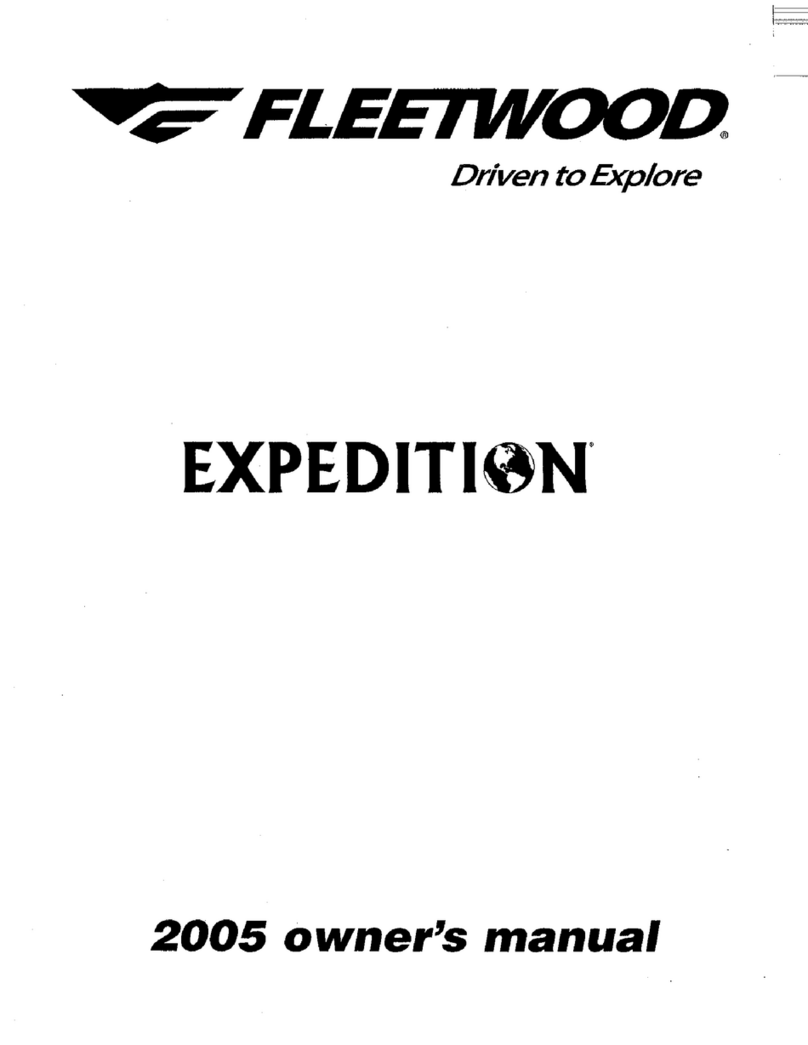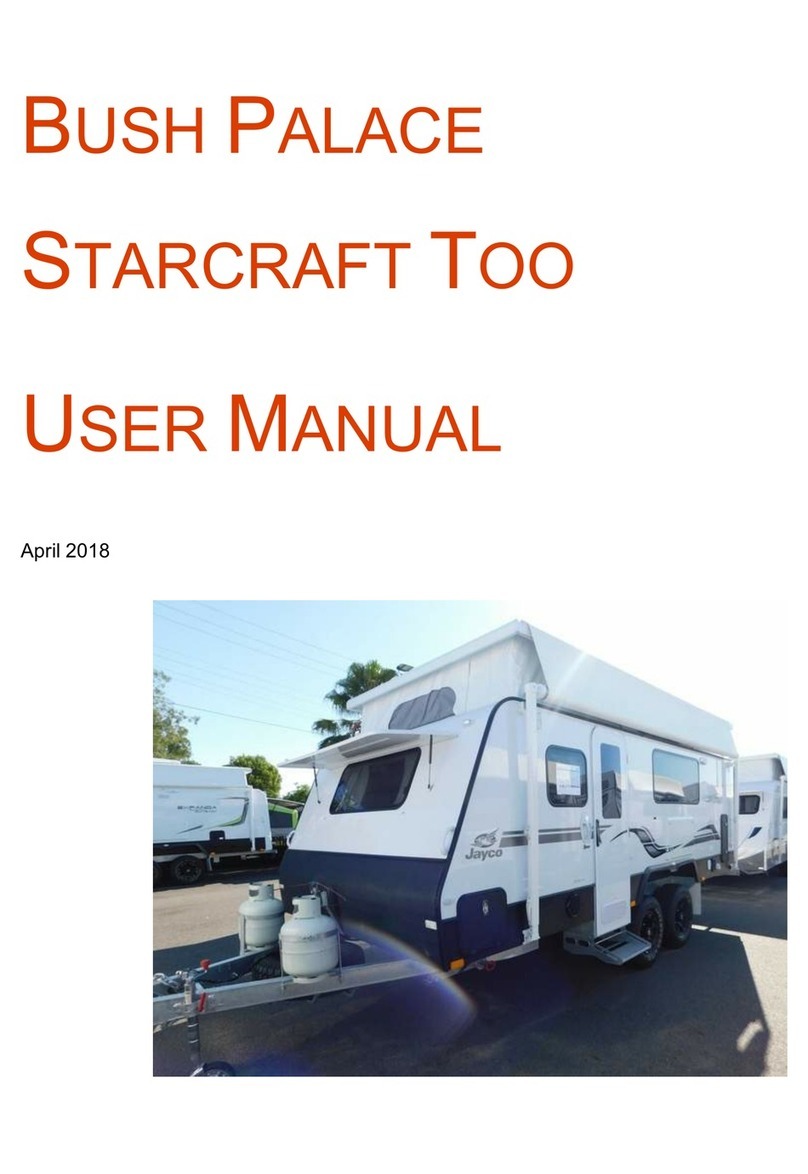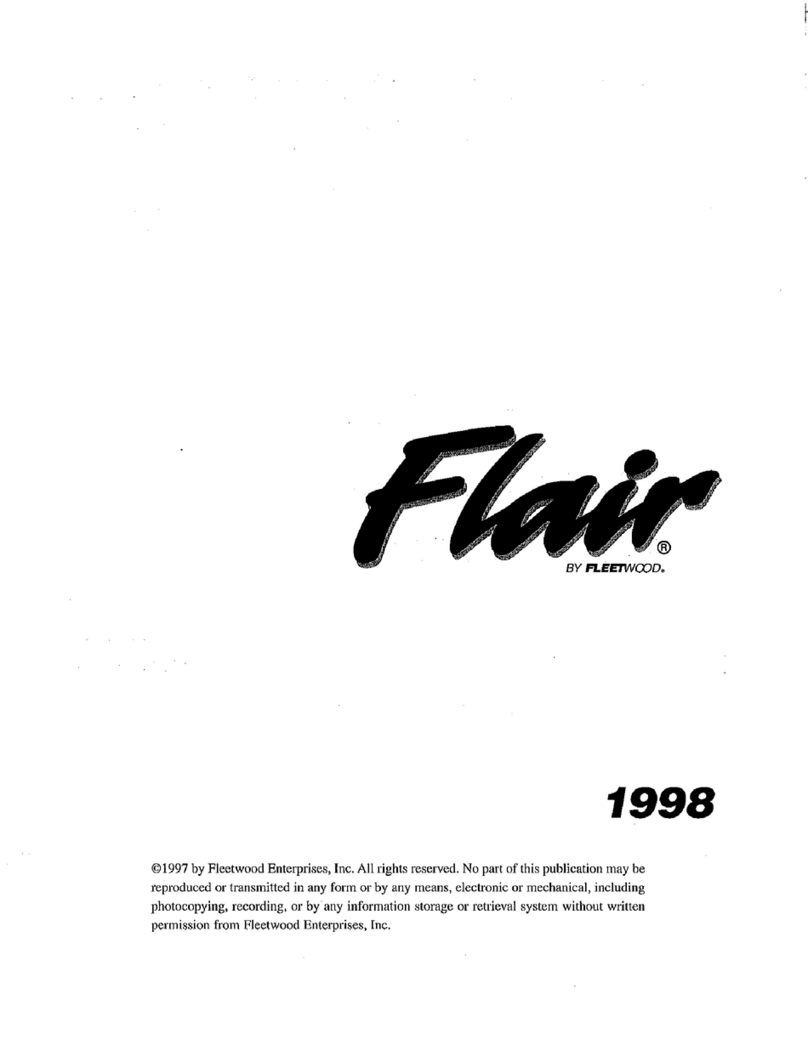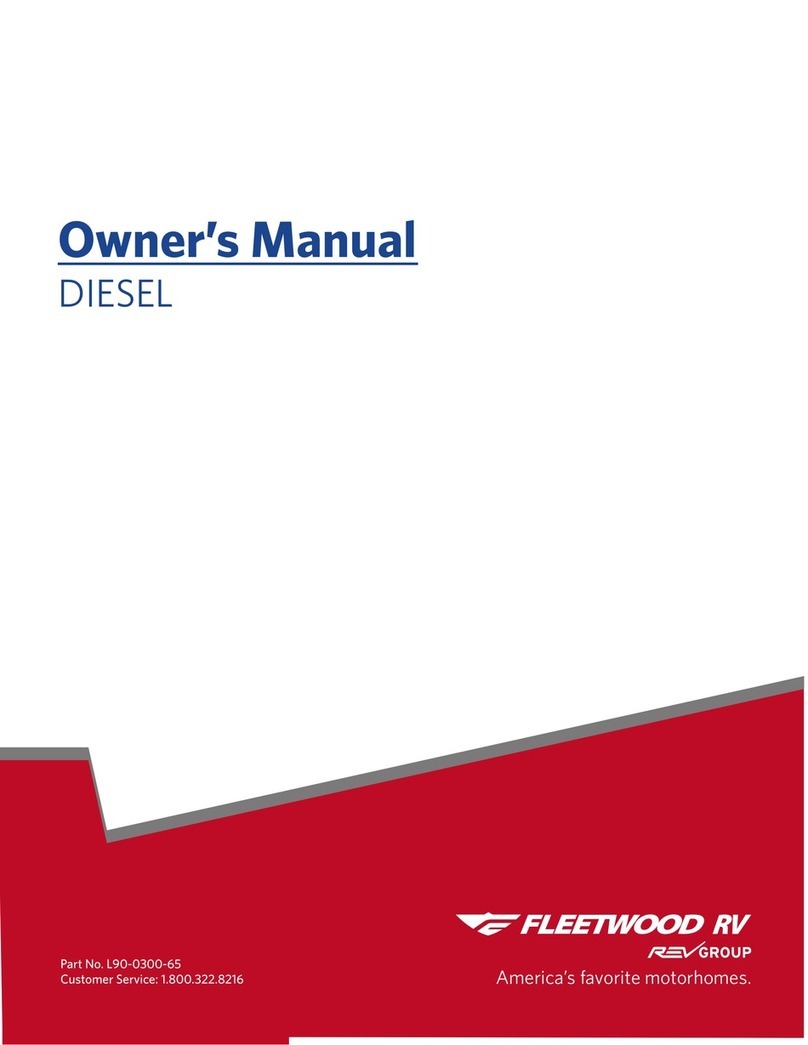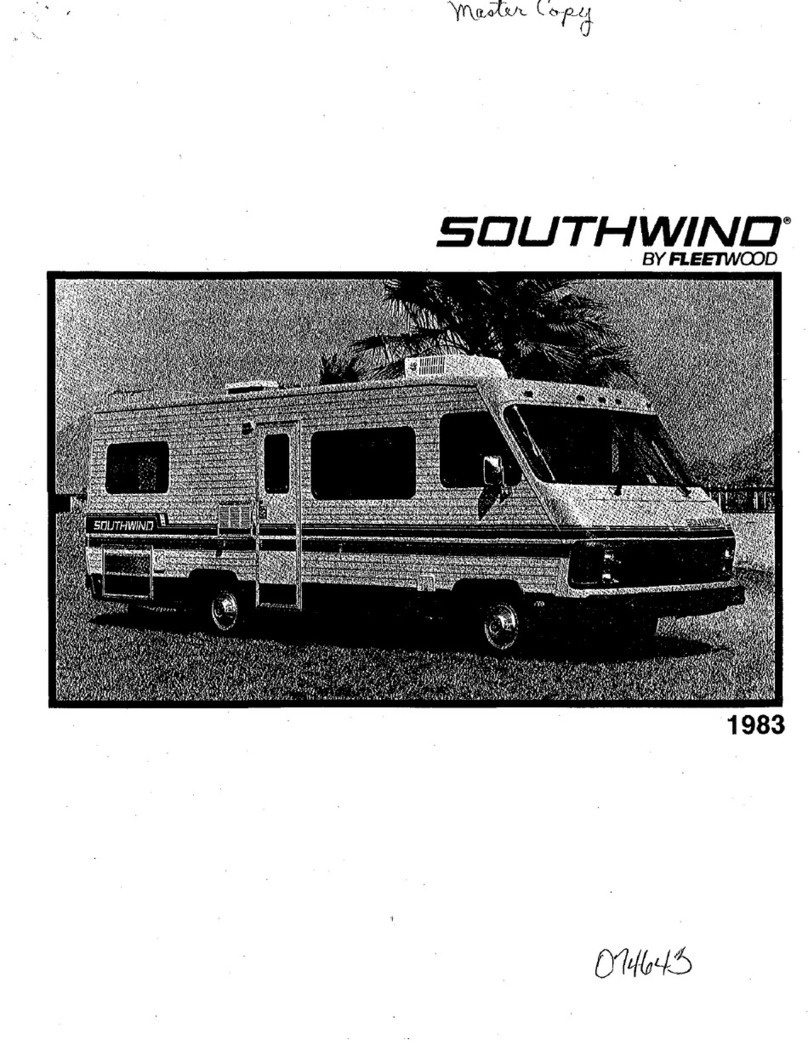
TABLE OF CONTENTS
WARRANTY
NOTICES AND WARNINGS
Introduction
..............................................................1
Warranties .............................................................1
Reporting Safety Defects.......................................2
Owner's Information Package ...............................3
Chassis & Vehicle Identification Information .........3
Sun Visors ...........................:...............................16
Mini-Blinds ...........................................................16
Woven Wood Shades ..........................................16
Day/Night Shades................................................16
Storage ................................................................16
Exterior Compartments ......................................
16
InteriorStorage ............................................,.....
16
Driver's Controls
...
...................................................4 Interior & Furnishings ..........................................17
On The Road.............................................................7 Dinette Conversion ............................................17
Motor Home Loading .............................................7
Carrying Capacity................................................
..
7
Loading Tips ........................................................8
Determining Your MotorHome Load...................8
Weighing Your LoadedMotor Home....................8
Tires.......................................................................9
Tire Inflation .........................................................9
Sofa/Lounge Conversion ...................................17
Folding Doors/Dividers.......................................17
InteriorLighting ..................................................17
Overhead Vents ...............................................,.17
Folding Chairs....................................................17
Monitor Panel ......................................................17
Effects of Long Term Occupancy ........................18
Tire Replacement.................................................9
It
You
GetA Flat Tire ...........................................9 Ventilation & Controlling Condensation .............18
Fire Safety ...........................................................19
Spare Tire Carrier
..
..............................................9
Changing A Flat Tire ............................................9 Fire SafetyPrecautions.......................................19
Smoke Detector.................................................19
Towing A Vehicle ...................................................9 Plumbing
System
...................................................
21
Seats And Seat Belts...........................................10 Fresh Water System ............................................
21
Driver/PassengerSeats .....................................10 City Water Connection .......................................
21
SeatBelts...........................................................10 Filling The Water Tank.......................................
21
Child Restraint ...................................................10 Water Pump ................................................,......22
Driving, Parking & Mirrors....................................
11
Water Filter ........................................................22
Rear View Video Monitor.....................................
11
Troubleshooting The Fresh Water System ........22
Fuel & Fuel Systems ...........................................12 Leaks .................................................................22
Fuel Fill ..............................................................
12
Sanitizing The Fresh WaterSystem ..................23
Fuel Types & Vapor Lock...................................12 Exterior Shower .................................................23
Variable SpeedEngine Fan ...............................12 Water Filter System ..........................................23
GeneralChassis Topics .....................................12 Waste Water System ...........................................23
Exhaust System Heat ........................................12 Toilet ..................................................................23
Engine Temperature Gauges ..............................13 Draining The Holding Tanks ..............................23
Carbon Monoxide Safety Precautions .................13 Holding Tank Care .............................................24
Carbon Monoxide Detector................................13
Emergency Towing ..............................................13
Attaching Accessories To Your Motor Home....... 14
Electrical
Systems
.................................................27
Chassis Electrical System ...................................27
Chassis Bulbs & Fuses ......................................27
Living With Your Motor
Home
...............................15 12-Volt Coach System .........................................27
Automatic Leveling System .................................15 Battery Disconnect.............................................27
Power Entry Steps ...............................................15 Battery Inspection & Care ..................................27
Entry Assist Handle .............................................15 Battery Charging .....................................,..........28
Entry Doors & Screens ........................................15 Selecting A Replacement Battery ......................28
Windows ..............................................................15 120-Volt System ..................................................28
Emergency Exit Window ....................................15 PowerConverter................................................28
Power Windows .................................................15 Ground Fault Interrupter ....................................28
Side Slider Windows ..........................................15 Coach Fuses & Circuit Breakers .........................29
Storm Windows ...................................................15 Generator ............................................................29
Remote Mirror Control .........................................15 GeneratorFuel Supply.......................................29

